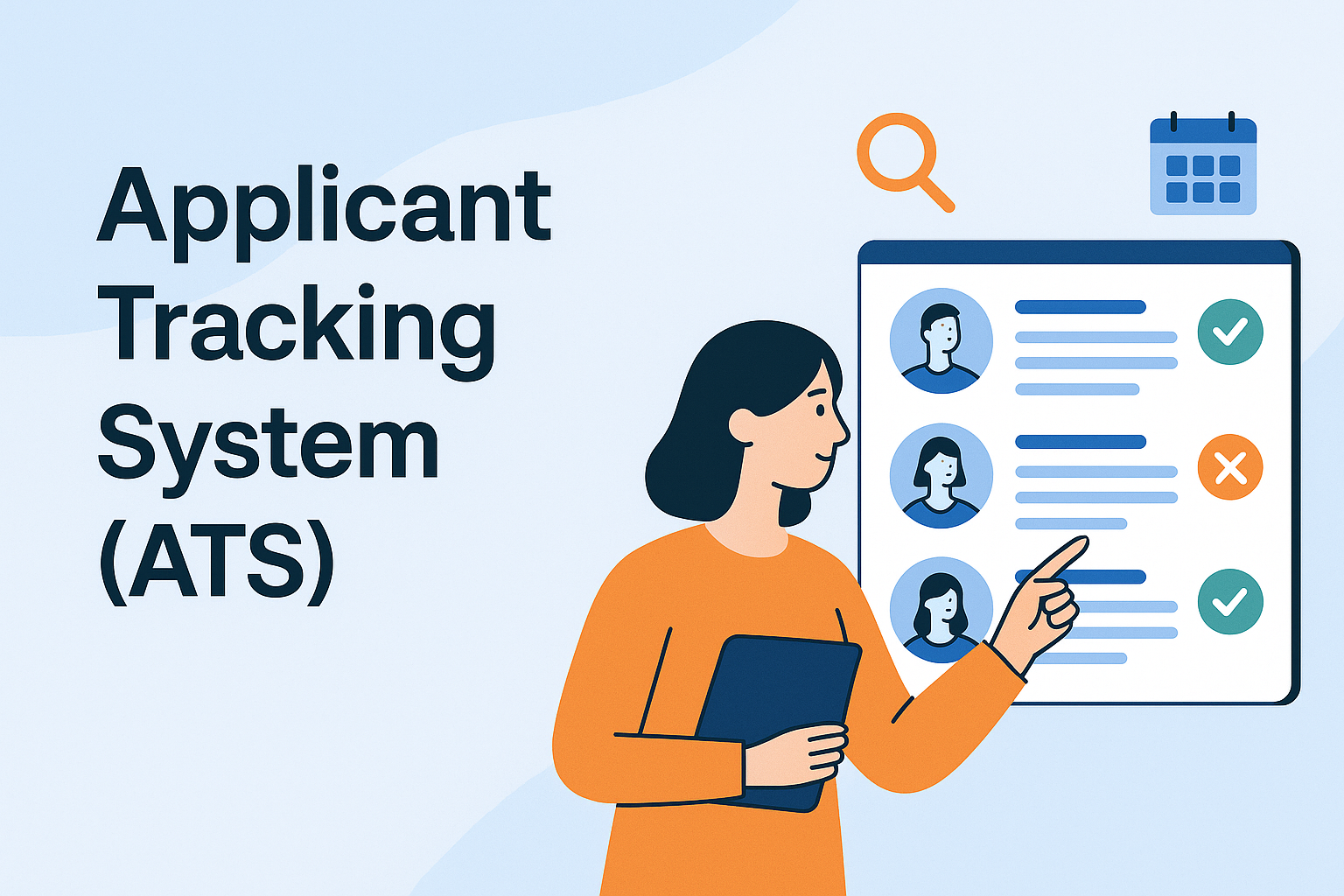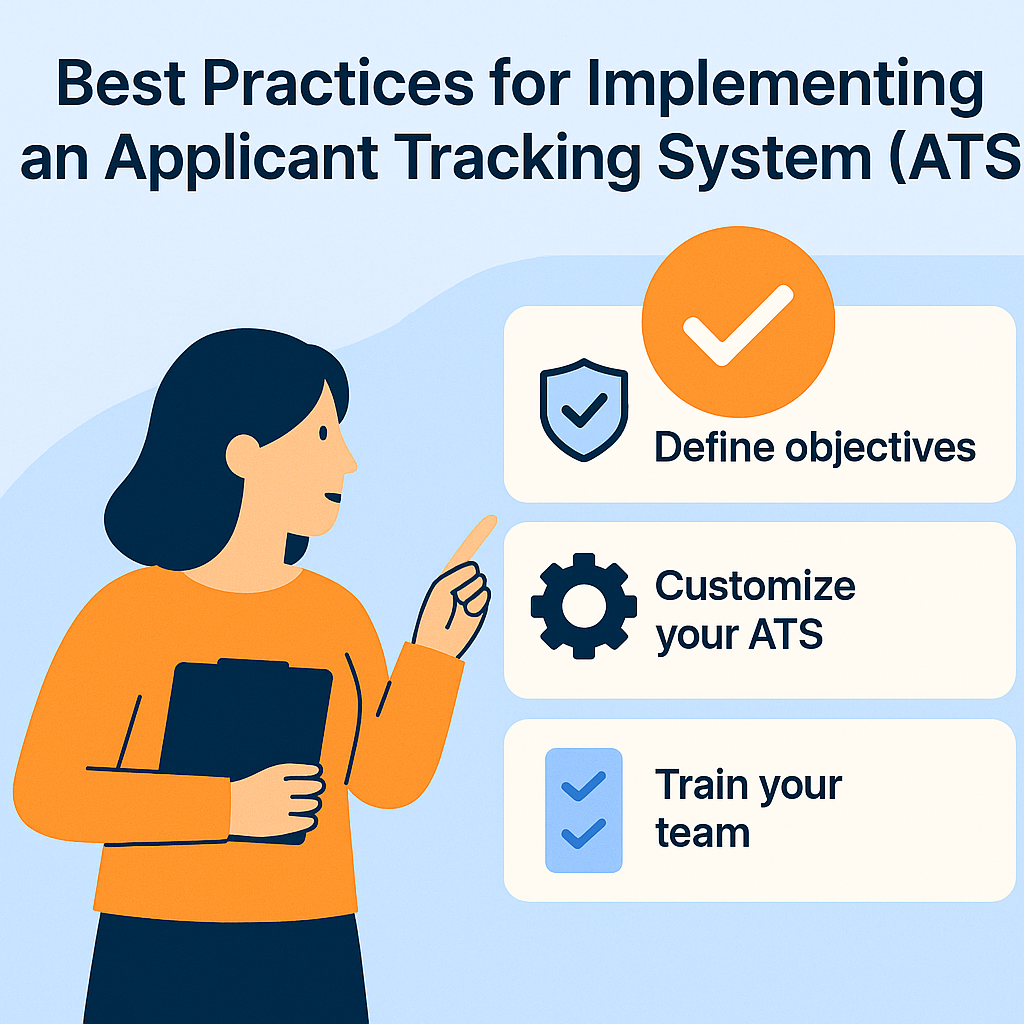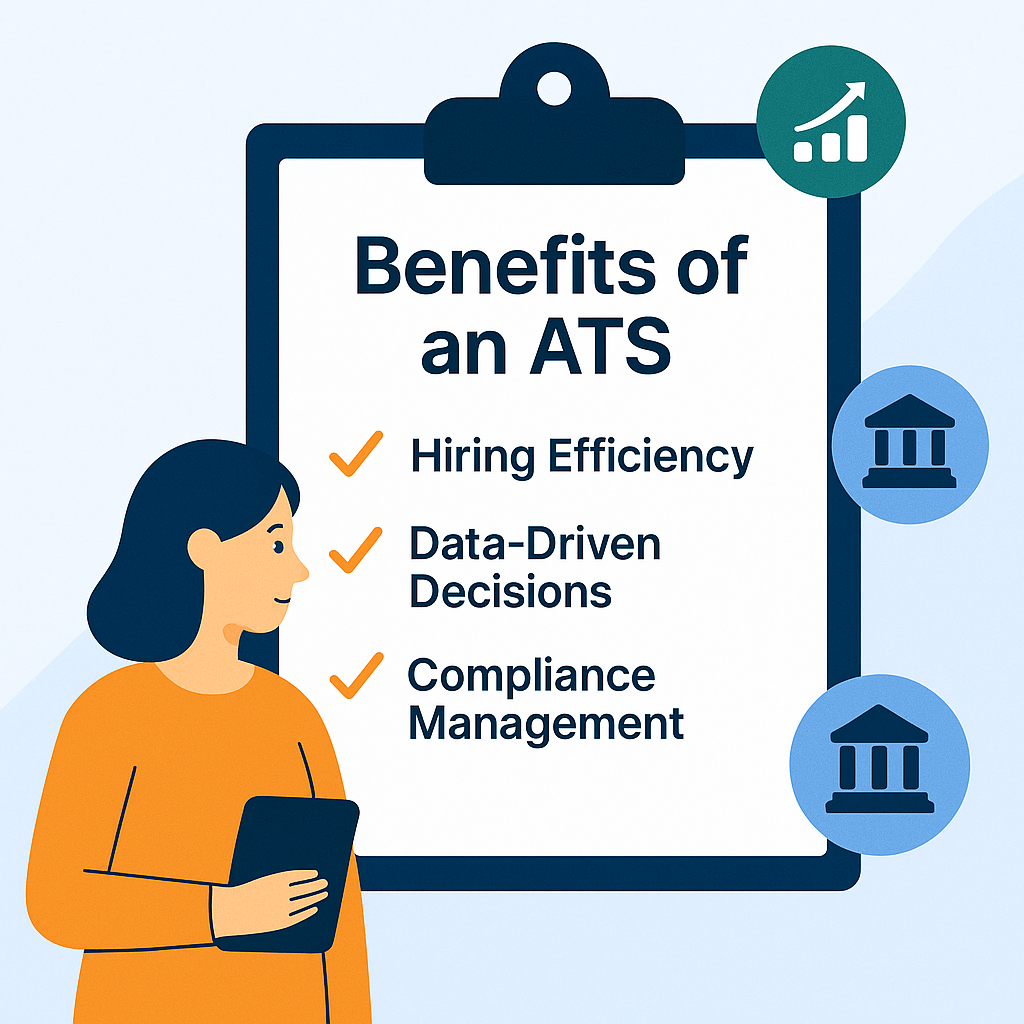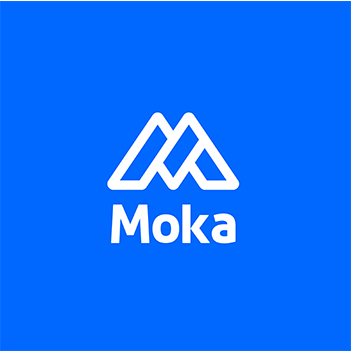Applicant Tracking System (ATS) – The Ultimate Guide to Streamlining Recruitment
The hiring landscape is evolving rapidly. With candidate pools expanding and remote work becoming the norm, recruiters are facing unprecedented challenges in managing high volumes of applications efficiently. Applicant Tracking Systems (ATS) have emerged as essential tools for organizations seeking to streamline recruitment processes, reduce hiring time, and improve candidate quality. This comprehensive guide will cover everything you need to know about ATS, from key features and benefits to implementation best practices and future trends.

What is an Applicant Tracking System (ATS)?
An Applicant Tracking System (ATS) is a software platform designed to automate and optimize the recruitment process. ATS solutions assist HR teams in managing job postings, parsing resumes, scoring candidates, scheduling interviews, and generating recruitment reports. With AI-driven algorithms and data-driven insights, ATS systems help recruiters identify top candidates faster and more accurately.
Top 6 Key Functionalities of an Applicant Tracking System (ATS)
Resume Parsing
Automatically extracts and categorizes resume data such as skills, work experience, education, and contact information. This feature eliminates manual data entry, saving HR teams hours of work.
Candidate Scoring
Uses AI algorithms to rank candidates based on relevant criteria such as experience, skills, and qualifications. By assigning scores, recruiters can easily identify top candidates and reduce bias.
Interview Scheduling
Automates interview coordination by integrating with calendar systems. Sends automated reminders and rescheduling options, reducing the risk of no-shows and missed interviews.
Reporting & Analytics
Generates detailed reports on recruitment metrics such as time-to-fill, cost-per-hire, and source effectiveness. These insights empower HR teams to refine their hiring strategies and improve ROI.
Compliance Management
Ensures recruitment practices comply with EEO, GDPR, and other regulatory standards. ATS systems monitor data access, prevent biases, and maintain candidate data privacy.
Automated Job Posting
Enables one-click job postings to multiple platforms such as LinkedIn, Indeed, and the company’s career site, increasing job visibility and attracting a wider talent pool.
2025 Applicant Tracking System (ATS) Trends: The Future of Recruitment Technology
Predictive Analytics for Talent Forecasting
With AI-driven analytics, ATS platforms now analyze historical hiring data to predict candidate success. For instance, systems can assess previous employee performance metrics to forecast potential turnover risks, allowing recruiters to make more data-informed hiring decisions.
AI-Powered Matching for Diversity and Inclusion
Modern ATS platforms go beyond keyword matching to evaluate cultural fit, soft skills, and work styles. For example, MokaHR’s AI-powered ATS can identify diverse talent pools while minimizing unconscious bias through data-driven assessments.
Mobile-First Recruitment Experiences
As remote work continues to dominate, ATS platforms are focusing on mobile-responsive interfaces. Features like mobile resume uploads, instant messaging with recruiters, and mobile interview scheduling ensure that candidates can engage seamlessly regardless of their location.
End-to-End Integration with Recruitment Ecosystems
The new generation of ATS solutions integrates with CRM systems, assessment tools, and video conferencing platforms to create a unified recruitment pipeline. For instance, integrating with LinkedIn and Zoom enables recruiters to conduct interviews, track candidate progress, and update hiring statuses without leaving the platform.
Why Your Business Needs an Applicant Tracking System (ATS): Key Benefits and Advantages
Time Efficiency: Automates repetitive tasks, reducing the time spent on resume screening and candidate tracking.
Improved Candidate Quality: AI-driven scoring identifies top candidates based on qualifications and experience.
Data-Driven Decisions: Advanced reporting features provide actionable insights to refine recruitment strategies.
Enhanced Compliance: Mitigates the risk of discrimination claims by standardizing hiring processes.
Scalability: Supports high-volume hiring and campus recruitment with bulk processing capabilities.
Ready to Automate Your Hiring Genius?
Best Practices for Implementing an Applicant Tracking System (ATS) Successfully
Define Clear Objectives: Outline specific recruitment goals such as reducing time-to-fill or increasing candidate quality.
Customize Workflows: Adapt ATS workflows to align with job roles, interview stages, and hiring timelines.
Integrate Existing Systems: Connect the ATS with HRIS, CRM, and email platforms for seamless data exchange.
Provide Comprehensive Training: Ensure HR staff is well-versed in using all ATS features, including resume parsing and candidate scoring.
Regularly Review Data: Monitor ATS reports to identify process bottlenecks and adjust recruitment strategies as needed.


What is an ATS, and how does it work?
An ATS is a recruitment management platform that automates resume parsing, candidate scoring, interview scheduling, and compliance tracking. It streamlines the hiring process by organizing candidate data and facilitating communication.

Can small businesses benefit from an ATS?
Yes, ATS platforms are scalable and can be customized for businesses of all sizes. Small businesses can automate repetitive tasks, improve candidate tracking, and reduce hiring costs.

How does AI enhance ATS performance?
AI algorithms improve candidate matching, reduce bias, and predict candidate success based on data analysis. This increases hiring accuracy and overall recruitment efficiency.

